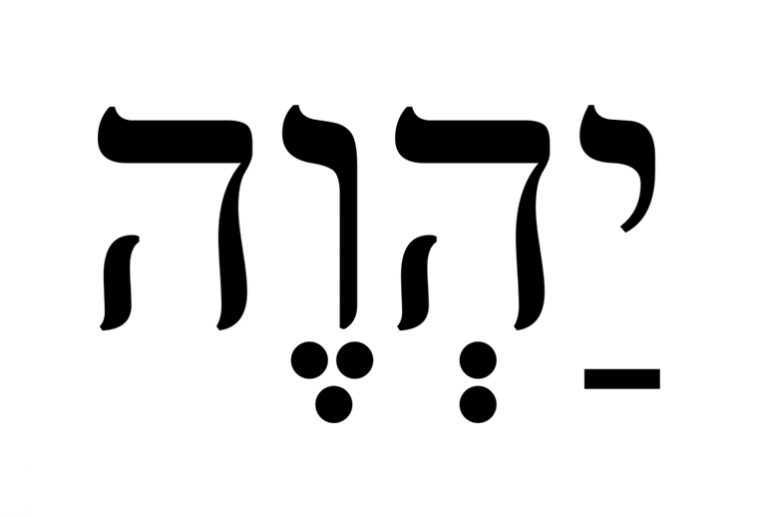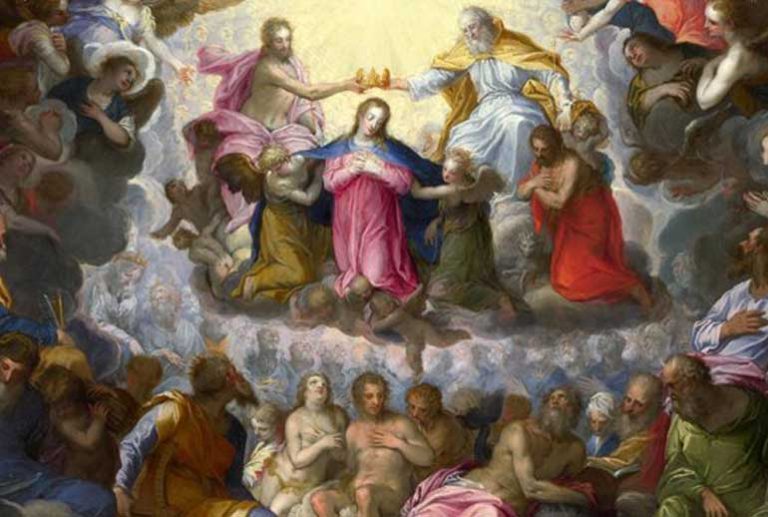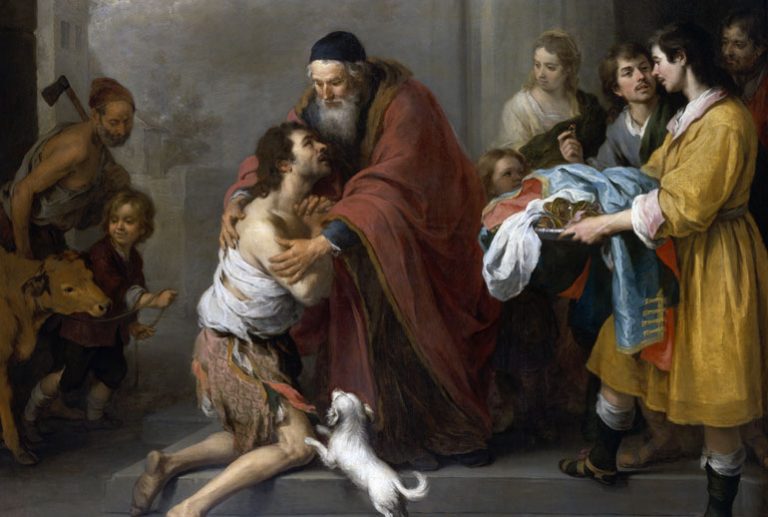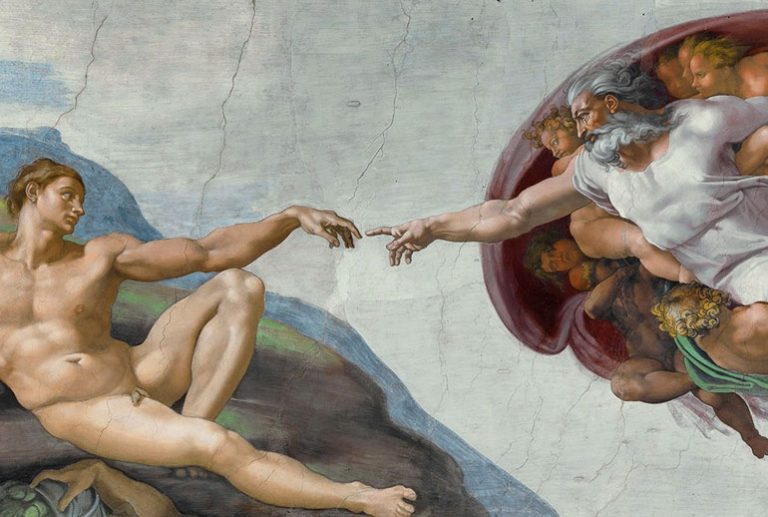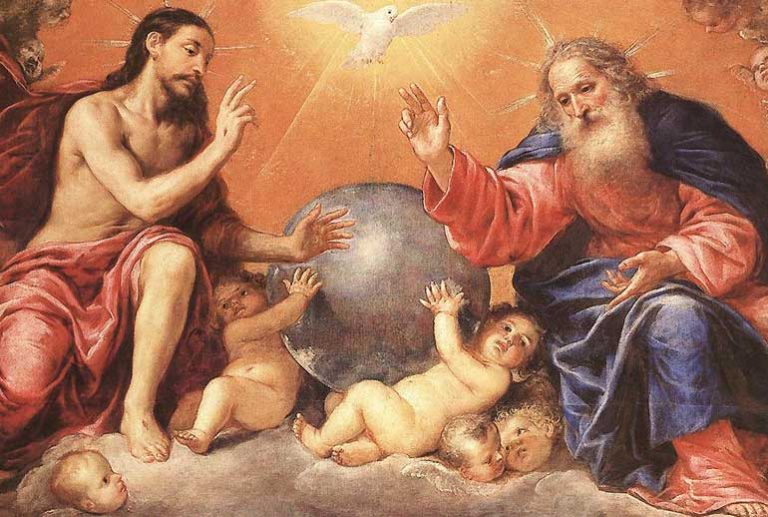Yuri Gagarin was the first human being to travel into space. He did so on April 12, 1961, aboard the Russian spacecraft Vostok 1. Sometime later, the then General Secretary of the Communist Party, Nikita Khrushchev[1], addressed the plenary session of the committee with the following declaration: “Gagarin flew into space, but he saw no God there.”
I too, at a certain point in my life, shared that illusion—the hope that one day, through a super telescope or the report of a lucky astronaut, we might be able to see God, to learn something about His appearance or anatomy.
But Khrushchev’s comment—though delivered with the confidence of a world leader—was intended to be a conclusive argument against the existence of God.
Greek mythology[2] remains one of the most familiar systems of ancient belief. The Greeks had gods with names and forms: Zeus, Cronus, Poseidon, Uranus, Hades, Eros, and many others. After their victory over the Titans, the world was divided: Zeus took the sky and air, Poseidon the waters, and Hades the underworld.
These gods not only had human names and shapes—they acted like humans. They married, gave birth to other gods, and often intervened in human affairs. They were prone to jealousy, rage, desire, betrayal, and pride—sharing the same weaknesses and passions as the mortals who worshiped them.
Given that legacy, it is not surprising that many Christians wonder about the physical form of God. As I mentioned earlier, I did so frequently before my understanding of the Father matured.
What we know of God is only what He has revealed to us. Regarding His nature, Jesus tells us: “God is Spirit, and those who worship him must worship in spirit and truth.” (John 4:24)
God is not a natural being, but supernatural. That is why Catholic tradition avoids referring to Him simply as a “being”, or as some supreme entity above all others. Rather, He IS.
In the Latin of St. Thomas Aquinas, God is defined as ipsum esse subsistens—the very act of being itself. God has existence by His own essence, unlike all other creatures who receive their being from another.
According to Hebrew grammar, the phrase “i am who i am” (Exodus 3:14) can also be translated as “I am the one who was, who is, and who will be.” In other words, He who exists by Himself—uncreated, eternal, necessary.
In Genesis, we read: “Then God said, ‘Let us make man in our image, after our likeness.’” (Genesis 1:26)
Does this mean that God has arms, legs, eyes, and other human features?
The answer is: No. We were made in His image because He infused us with a soul in His image. This is revealed in: “Then the Lord God formed man from the dust of the earth and blew into his nostrils the breath of life, and the man became a living being.” (Genesis 2:7)
We can create because He is Creator. We can love because He is love. We can forgive because He is forgiveness. We can be faithful because He is faithfulness. We can be patient because He is patience.
These are not physical traits. They are spiritual and moral reflections—manifestations of our soul, made in the image of God, and they are what set us apart from the rest of creation.
This image of God is expressed in three key dimensions:
- Mental likeness: We were created with intellect and free will, capable of reasoning and choosing. Every time someone writes a poem, composes music, solves a problem, or acts creatively—they reflect the mind of God.
- Moral likeness: We were created with an initial state of justice and innocence, a reflection of God’s holiness. Whenever someone tells the truth, pursues justice, or turns from wrongdoing, they manifest God’s moral image.
- Social likeness: We were created for relationship, which reflects the Trinitarian nature of God. The first relationship was between God and man, and then God created woman, because: “It is not good for the man to be alone.” (Genesis 2:18). Every time someone loves, cares, embraces, marries, helps a neighbor, or prays, they are proclaiming the image of God within themselves.
Let us not forget that God is One and Triune: Father, Son, and Holy Spirit—three Persons in one true God.
In Genesis 18:1–2, God appears to Abraham by the oak of Mamre, and three figures stand before him: “The Lord appeared to him by the oak of Mamre, as he was sitting at the entrance to his tent during the hottest part of the day. Looking up, he saw three men standing nearby.”
On this occasion, Abraham and Sarah were the only ones to witness this mysterious encounter. But later, thousands of people would see the Son, when He became incarnate as the child of Joseph and Mary and lived among us for about thirty-three years: “And the Word became flesh and lived among us, and we have seen his glory, the glory as of the Father’s only Son, full of grace and truth.” (John 1:14)
The Holy Spirit also took on visible form on various occasions: As a dove at Jesus’ baptism (cf. Matthew 3:16) and as tongues of fire at Pentecost (cf. Acts 2:3). But we must remember: these forms are not their essence.
They are chosen manifestations, temporary and symbolic, used by the Triune God to relate to humanity. They serve a specific purpose, not to define His nature, but to express His love in ways we can understand.
[1]Nikita Khrushchev led the Soviet Union during part of the Cold War, serving as First Secretary of the Communist Party of the Soviet Union from 1953 to 1964.
[2]Greek mythology is the collection of myths and legends from the culture of Ancient Greece, centered on its gods, heroes, the nature of the world, and the origins and significance of its religious practices and rituals. The term Ancient Greece refers to the historical period extending from the Greek Dark Ages (beginning around bc 1200, following the Mycenaean collapse and the Dorian invasion) to bc 146, marked by the Roman conquest after the Battle of Corinth.



